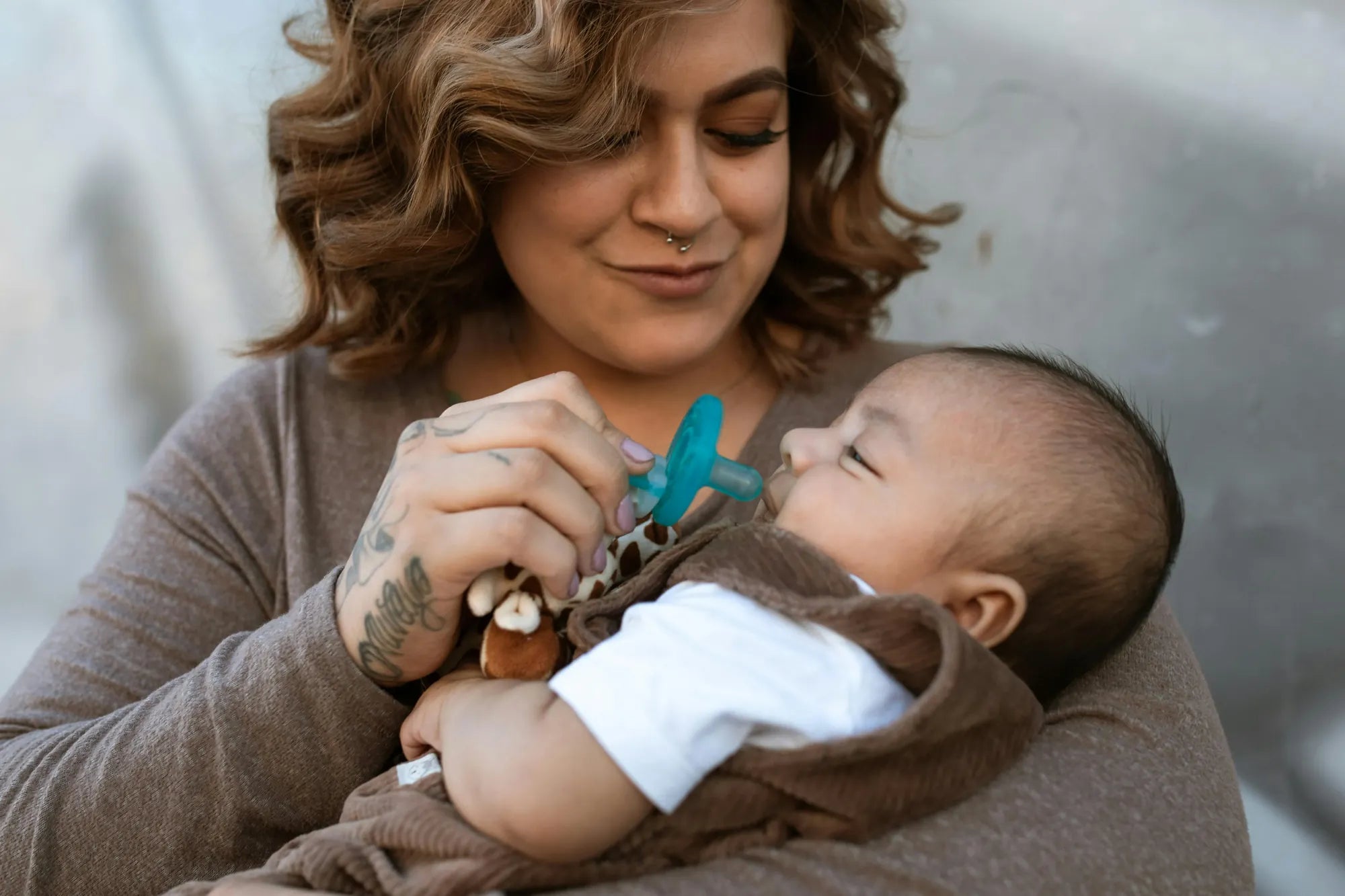Home
Pregnancy, Breastfeeding, and Pumping: The Ultimate Guide for Moms
How to Clean Wearable Breast Pump: A Comprehensive Guide for Hygiene and Safety

How to Clean Wearable Breast Pump: A Comprehensive Guide for Hygiene and Safety
Keeping your wearable breast pump clean is not just about maintaining its functionality; it’s about ensuring the health and safety of both you and your baby. With the right cleaning routine, you can prevent bacterial growth, extend the lifespan of your pump, and enjoy peace of mind. This guide will walk you through everything you need to know about how to clean a wearable breast pump effectively.
Why Cleaning Your Wearable Breast Pump is Crucial
A wearable breast pump comes into direct contact with breast milk, which is a breeding ground for bacteria if not handled properly. Regular cleaning prevents contamination, reduces the risk of infections, and ensures that your baby consumes milk that is safe and healthy. Neglecting this crucial step can lead to mold growth, unpleasant odors, and even damage to the pump’s components.
Gather the Right Cleaning Supplies
Before you start cleaning, make sure you have the necessary supplies on hand. You’ll need mild dish soap, warm water, a clean brush (preferably one designated for pump parts), a clean towel, and a sanitizing solution or sterilizer. Avoid using harsh chemicals or abrasive sponges, as they can damage the pump’s materials.
Step-by-Step Cleaning Process
1. Disassemble the Pump
Begin by carefully disassembling your wearable breast pump. Separate all the parts that come into contact with breast milk, such as the flanges, valves, membranes, and collection bottles. Refer to the user manual if you’re unsure how to take it apart.
2. Rinse with Warm Water
Rinse each part under warm running water to remove any residual milk. This step helps prevent milk from drying on the components, which can make cleaning more difficult later.
3. Wash with Mild Soap
Using a mild dish soap and a clean brush, gently scrub each part to remove any milk residue. Pay special attention to crevices and hard-to-reach areas where bacteria can hide. Avoid submerging electronic components in water unless they are specifically designed to be waterproof.
4. Rinse Thoroughly
After washing, rinse all parts thoroughly under warm water to ensure no soap residue remains. Soap residue can affect the taste of the milk and may cause irritation for your baby.
5. Sanitize the Parts
For an extra layer of protection, sanitize the pump parts regularly. You can use a steam sterilizer, boiling water, or a sanitizing solution. Follow the manufacturer’s instructions for sanitizing to avoid damaging the components.
6. Air Dry Completely
Place the cleaned parts on a clean towel or drying rack and allow them to air dry completely. Avoid using a cloth to dry the parts, as it can introduce lint or bacteria. Ensure all parts are completely dry before reassembling the pump.
Tips for Maintaining a Clean Wearable Breast Pump
- Clean your pump immediately after each use to prevent milk from drying and sticking to the parts.
- Store the pump in a clean, dry place to avoid contamination.
- Replace worn-out parts, such as valves and membranes, regularly to maintain optimal performance.
- If you’re on the go, carry a portable cleaning kit with a brush, soap, and sanitizing wipes.
Common Mistakes to Avoid
When cleaning your wearable breast pump, avoid these common mistakes:
- Using harsh chemicals or bleach, which can damage the pump and leave harmful residues.
- Neglecting to clean small parts like valves and membranes, which can harbor bacteria.
- Reassembling the pump before it’s completely dry, which can lead to mold growth.
- Overlooking the importance of regular sanitizing, especially if your baby is premature or has a weakened immune system.
How Often Should You Clean Your Wearable Breast Pump?
It’s recommended to clean your wearable breast pump after every use. If you’re pumping multiple times a day, this means cleaning it several times daily. Additionally, sanitize the parts at least once a day, especially if your baby is under three months old or has health concerns.
Traveling with a Wearable Breast Pump
Traveling doesn’t mean you have to compromise on cleanliness. Pack a portable cleaning kit with a small bottle of dish soap, a travel-sized brush, and sanitizing wipes. If you’re staying in a hotel, you can use the microwave to sanitize parts by placing them in a microwave-safe bag with a little water.
When to Replace Your Wearable Breast Pump Parts
Even with proper cleaning, wearable breast pump parts will eventually wear out. Replace flanges, valves, and membranes every 1-3 months, depending on usage. If you notice cracks, discoloration, or a decrease in suction, it’s time to replace the parts to ensure the pump continues to function effectively.
Final Thoughts
Cleaning your wearable breast pump is a simple yet essential task that plays a vital role in your breastfeeding journey. By following these steps and tips, you can maintain a hygienic pumping experience, protect your baby’s health, and extend the life of your pump. Remember, a clean pump is a safe pump, and your efforts will pay off in the long run.
Share

